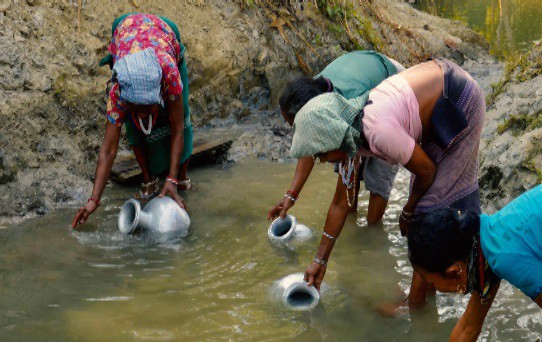A recent study* conducted by researchers demonstrates that population of Majuli (Majoli), the world’s largest inhabited river island in Assam state of India, might confront cancer risks in the near future due to the presence of arsenic in their source of drinking water, the Brahmaputra River.
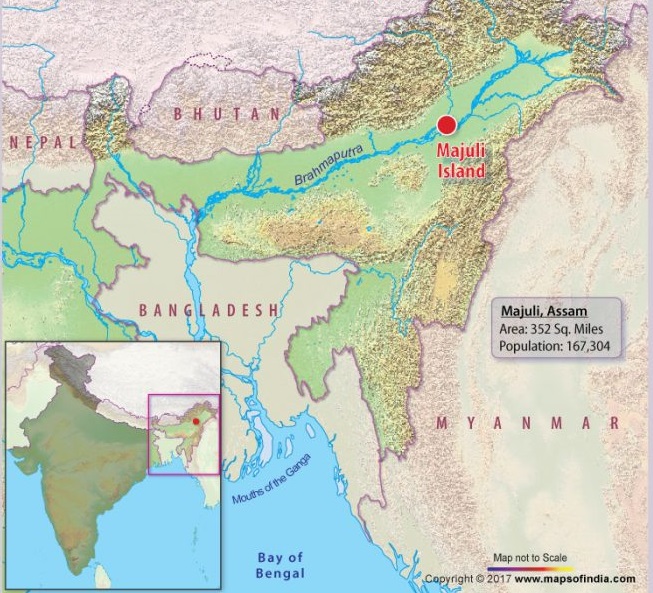
“Arsenic contamination, ranked as a significant global health hazard, in Majuli River Island exceeds World Health Organization prescribed limits. Local inhabitants are exposed to this poison, either through the water they drink or the vegetables and crops they eat (which, again, are irrigated by their only available source of water),” expressed Dr. Manish Kumar Singh, a researcher in Earth Sciences and a professor at Indian Institute of Technology, Gandhinagar since 2017.
Prof. Manish, along with two Indian and one American researcher, has described a correlation between the levels of this chemical element in the groundwater, with that present in sediments and biological samples from inhabitants of Majuli such as hair, nails, blood and urine. The dose-dependent effects of arsenic are seen in a variety of diseases and ailments, the most concerning being cancers of bladder, kidney, skin and lungs, among many others.
The current status of arsenic in the biological samples sheds light on the extent upto which the people of Majuli have already been affected, the amount present in groundwater indicates the source contamination and the levels in sediment can give an estimate of how much more of it can potentially dissolve further in case of unsaturated water,” he continued further.
Water contamination with arsenic and other related poisonous elements is a grave problem across the globe. This study was conducted in Assam since it houses the most thickly populated river island in the entire world and encompasses a range of unique and suitable hydrological and hydrogeological settings to analyze the sediment and water interactions. Factors like rainfall, pH changes (which denotes how acidic or basic the water is), temperature, climate change and ORP (Oxidation-Reduction Potential, better understood as a measure of water cleanliness and its ability to break down various contaminants) contribute towards the degradation, weathering and erosion of rocks leading to dissolution of toxic elements in river water.
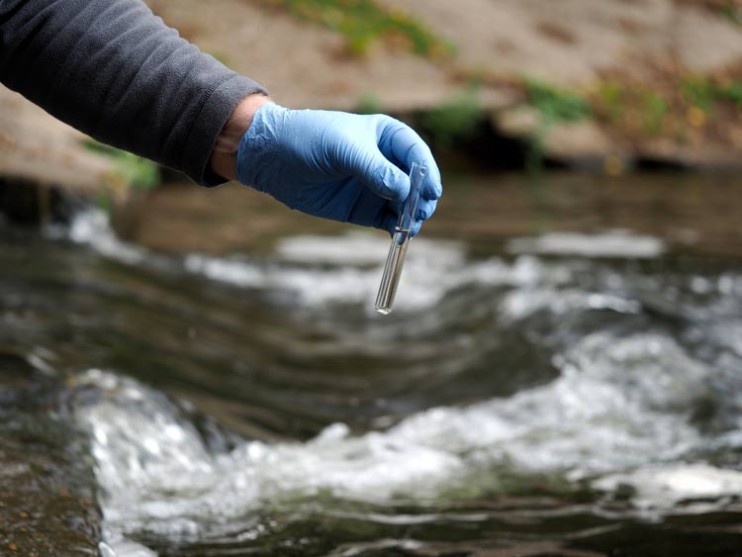
This research also points towards the lack of awareness about such health issues in society, which keeps it at a disadvantage and hence, prone to diseases. “As a part of this study, we conducted a questionnaire for the inhabitants of Majuli and found out that a significantly large number of people have no knowledge of the serious health risks they are exposed to because of consuming river water on a daily basis. There is a dire need to impart basic education so as to develop society’s perception about such issues in the right direction. This will help them to be prepared accordingly and they will be able to face the problem in a more efficient manner,” said Prof. Manish.
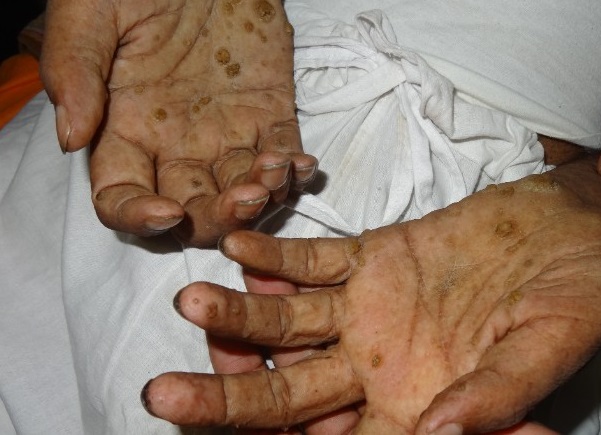
Explaining further, he added, “Among other solutions, awareness can be spread much faster and it proves to be more effective — a simple example is the elementary knowledge of arsenic dosage and duration of exposure (in this case). The oxidized form, arsenic (+5), is less toxic than arsenic (+3) which is the reduced form. People are more likely to consume arsenic (+3) when they drink freshly extracted groundwater, which is more harmful and might lead to arsenicosis in just three years, as compared to the (+5) form of the element which can potentially delay the onset of disease by ten years or so.”
A positive correlation between arsenic in biological samples and its concentration in groundwater suggests that its accumulation in the body-tissues of islanders is primarily because of their consumption of groundwater.
Hence, measurement of its extent and distribution, along with other related elements, in groundwater is of utmost importance so as to demarcate safe aquifers, as part of sustainable drinking-water management initiatives in the future. Moreover, there is a need for Government policy makers to help spread the word among masses by conducting workshops and sessions in areas where filters are not yet installed and electricity is limited. Long term solution includes installation of water purifier plants. Further research, on the analysis of such poisonous elements in crops and food intake by people, is necessary.
The communication between science and society becomes easier and mutually beneficial when researchers explain the purpose of their research in simpler terms so as to increase science literacy, understanding and awareness among the general public. The laymen, in turn, ask questions and provide feedback which might be potentially helpful in addressing the burning questions of the present times and assistance during research by providing what is required (like, samples). Such interactions are extremely crucial towards encouraging the latest inventions, innovations and developments in all possible fields.

In the words of Prof. Manish, “It is important as well as ethical for researchers to explain their study to people, mandatory, especially in the case of those who serve as subjects in their research. What has changed now is their level of discussion with us. These people, who would have been reluctant to talk to us about ten years ago, let alone give samples for our work, not only listen to us now but also ask for solutions to various society-oriented problems. This really is a change for the better, fruitful for them as well as for us.”
“I stress the relevance of my work for cancer research because I believe that science must be useful to man.” — Renato Dulbecco, Italian–American virologist, recipient of the 1975 Nobel Prize in Physiology or Medicine
— — — — — — — — — — — — — — — — — — — — — — — — — —— — — — — — — — — — — — — — — — — — — — — — — — — —— — — — —
* The results of this research have been published in “Arsenic exposure and perception of health risk due to groundwater contamination in Majuli (river island), Assam, India,” Environmental Geochemistry and Health, DOI: 10.1007/s10653–019–00373–9, Jul. 2019.
** This story has also been published on Medium.
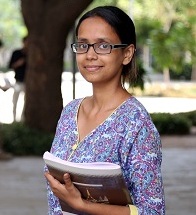
APEKSHA SRIVASTAVA
Senior Project Associate

